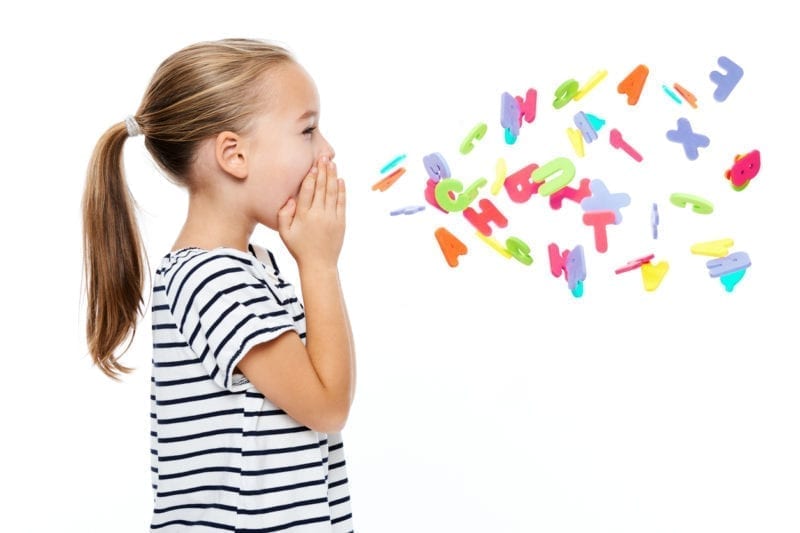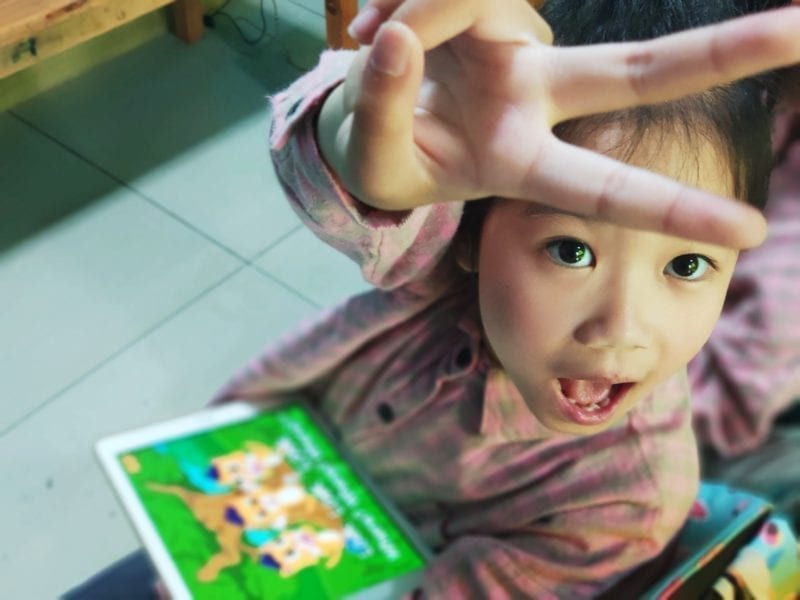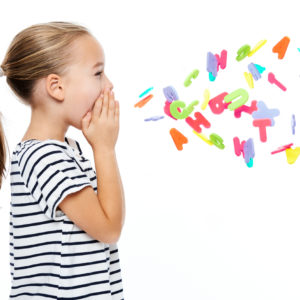We already know the benefits of bilingualism; it opens the doors for cultural awareness, as well as social-emotional development and advanced cognitive skills. Speaking more than one language can set kids up for a lifetime of success, so many parents are asking themselves:
 When should my child start learning a second language?
When should my child start learning a second language?
It’s a question that has stumped parents, educators, and researchers for quite some time, and the answers still aren’t completely certain; however, more recent studies are starting to give a clearer picture.
The bad news: There’s not one “sweet spot” for kids to start learning a second language—no specific age where they can magically become fluent in any language they desire.
The good news?
There’s not just one sweet spot for learning a second language!
In fact, there are many, and different age groups have unique advantages when it comes to learning new languages. In other words, we all possess that magical ability… It just looks differently for all of us.
Research does suggest that there is a critical period for first language acquisition; that is, if children are not exposed to any language at all before reaching puberty, they will likely not be able to fully master all aspects of language (phonemes, grammatical structure, etc.) at the level of a native speaker.
However, when it comes to learning second languages, the “critical period” is not so cut-and-dry.
As with any kind of learning:
All language learners are different.
Depending on a number of external factors, individual children’s “critical period” for language development can vary greatly, even for their native language.
In some senses, the earlier that kids are exposed to new languages, the better; they are more likely to be able to mimic sounds, recognize sentence structures, and use correct intonations at the level of a native speaker if the language is introduced in infancy or early childhood.
 Some parents may worry that the introduction of an additional language during early years may be confusing for their child or interfere with the development of their “first” language. And, while bilingualism might appear to cause a speech delay in some cases, late talking in bilingual children doesn’t necessarily indicate a deficit in language development—on the contrary, these children are learning both languages simultaneously, and often experience a “language boom” in which their vocabulary in both languages expands rapidly.
Some parents may worry that the introduction of an additional language during early years may be confusing for their child or interfere with the development of their “first” language. And, while bilingualism might appear to cause a speech delay in some cases, late talking in bilingual children doesn’t necessarily indicate a deficit in language development—on the contrary, these children are learning both languages simultaneously, and often experience a “language boom” in which their vocabulary in both languages expands rapidly.
On the other hand, younger children have a more difficult time correcting their own grammatical mistakes, as they may not yet have a strong grasp on the grammar of their native language for comparison. They may also have trouble understanding more abstract concepts, which can make language learning difficult.
Adolescent and adult learners, apart from having more structured study habits and a strong foundation in grammatical structure, have the additional advantage of being able to understand context and other abstract ideas with ease.
 So, how can I introduce a second language to my child?
So, how can I introduce a second language to my child?
Depending on what is right for your family, you can introduce a second (or third, or fourth!) language to your child at any age and in a variety of ways. Below, find some developmentally appropriate methods for introducing and encouraging bilingualism with your child.
Infancy (Age 0-2)
This stage of language development, whether it’s for one language or seven, is all about exposure. The more your child hears a language from a native speaker, the more easily they will be able to mimic and attach meaning to those sounds.
|
Early Childhood (Age 3-6)
During early childhood, kids are highly active in exploring the world around them. Learning through play is one of the best methods of introducing a second language for these children, as they already use play as a natural learning process!
|
Middle Childhood (Age 7-10)
Because children at this age are beginning to develop and express their individual identities, creativity and self-expression are some of the best modes of learning that you can encourage. Often, for language learners, this simply means allowing them to talk freely in their new language (even if it’s not perfect)!
|
Adolescence & Adulthood (Age 11+)
Because these learners are able to fully comprehend the more abstract and contextual aspects of language, they can learn explicitly taught grammatical structures with more ease than younger learners might. They can also dive more easily into practical social dialogue, because this context is already very familiar!
|
It is never too early or too late to begin learning a new language;
the “perfect age” is whenever you’re ready to start!

References
Karavasili, K. (2017, May 3). The age factor in second language acquisition. Retrieved from https://termcoord.eu/2017/05/age-factor-second-language-acquisition/
Mayberry, R. I. (2010). Early Language Acquisition and Adult Language Ability: Oxford Handbooks Online, 2, 281–291. doi: 10.1093/oxfordhb/9780195390032.013.0019
Mayberry, R. I., & Kluender, R. (2017). Rethinking the critical period for language: New insights into an old question from American Sign Language. Bilingualism: Language and Cognition, 21(5), 886–905. doi: 10.1017/s1366728917000724
Meulman, N., Wieling, M., Sprenger, S. A., Stowe, L. A., & Schmid, M. S. (2015). Age Effects in L2 Grammar Processing as Revealed by ERPs and How (Not) to Study Them. Plos One, 10(12). doi: 10.1371/journal.pone.0143328


